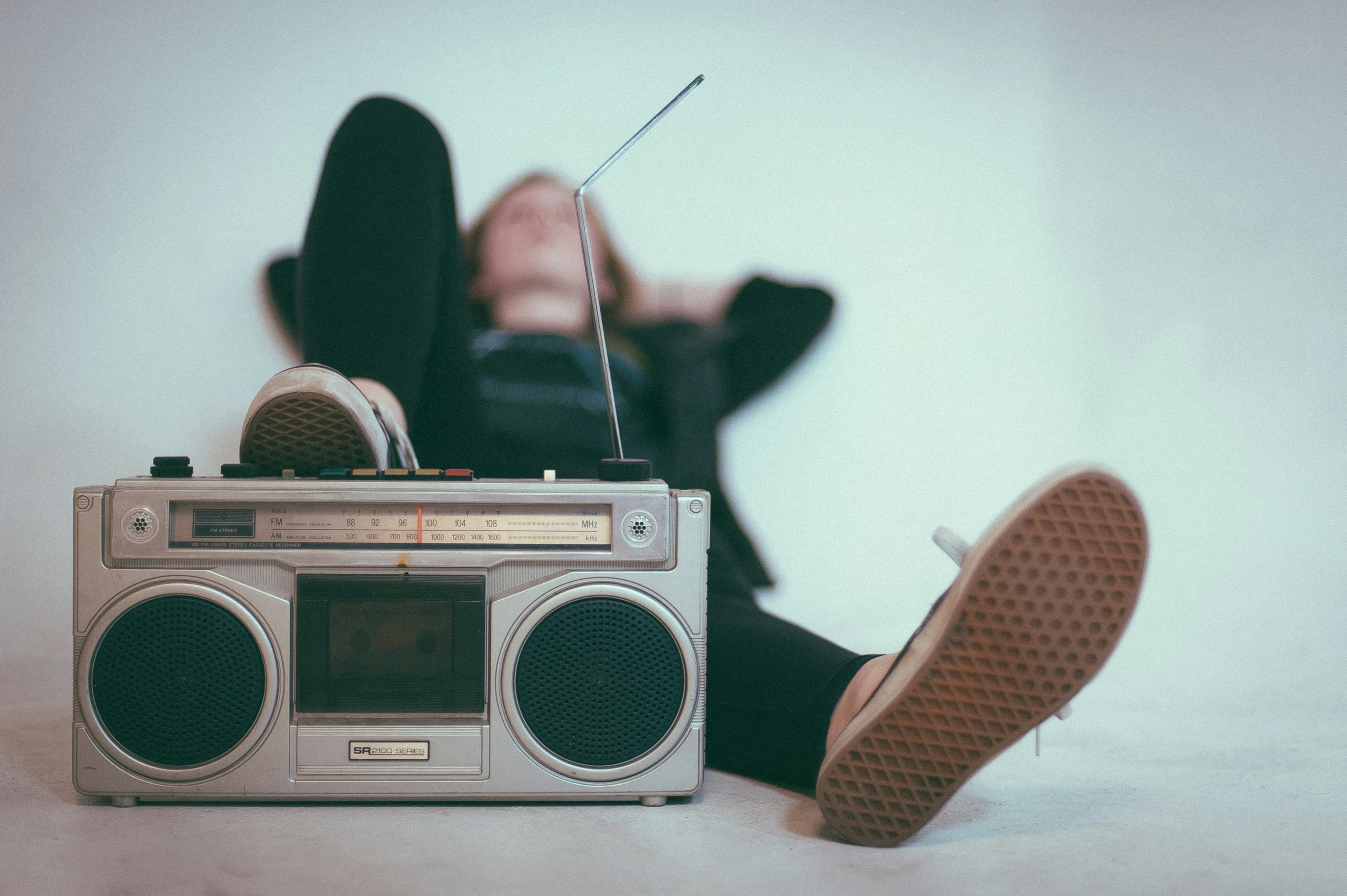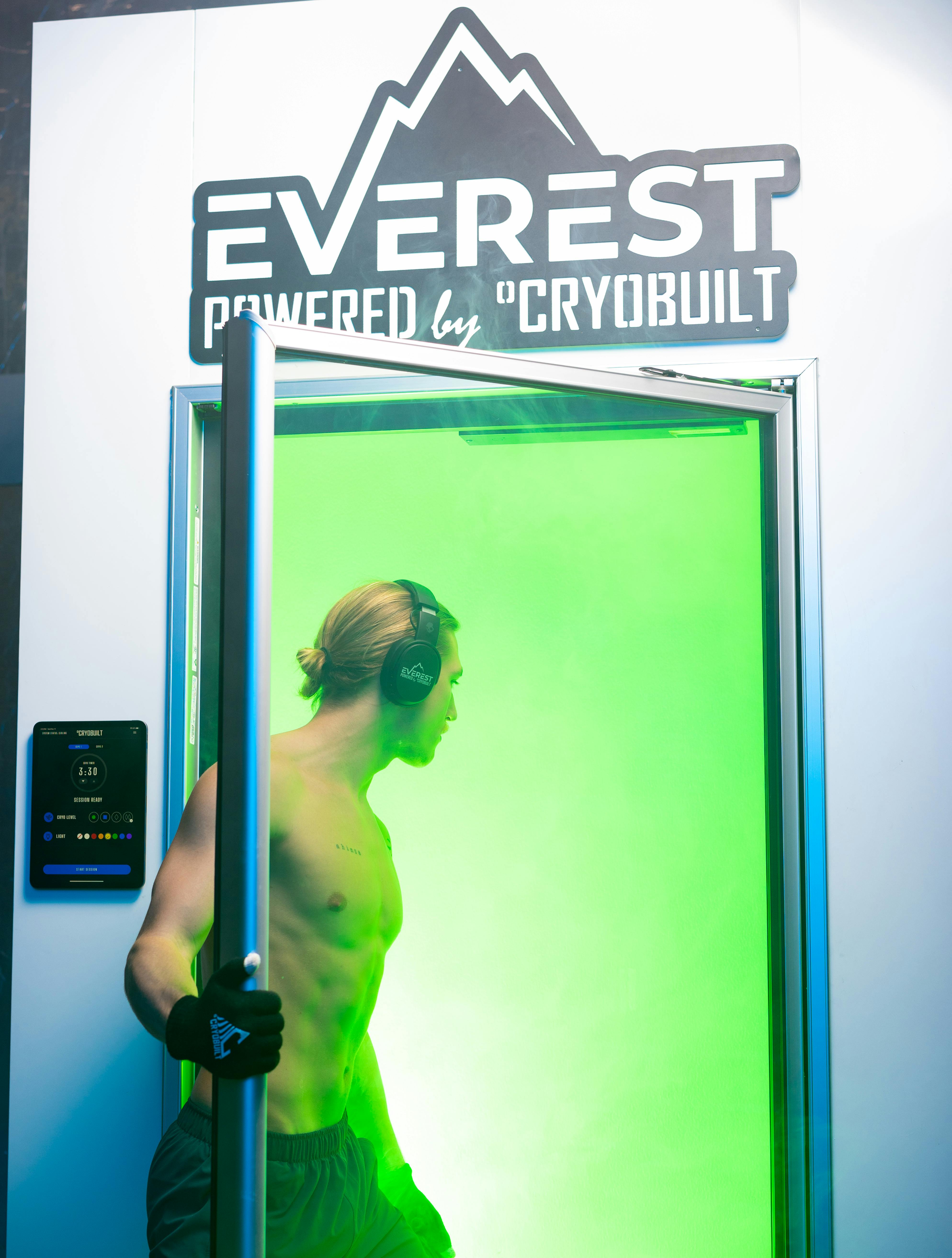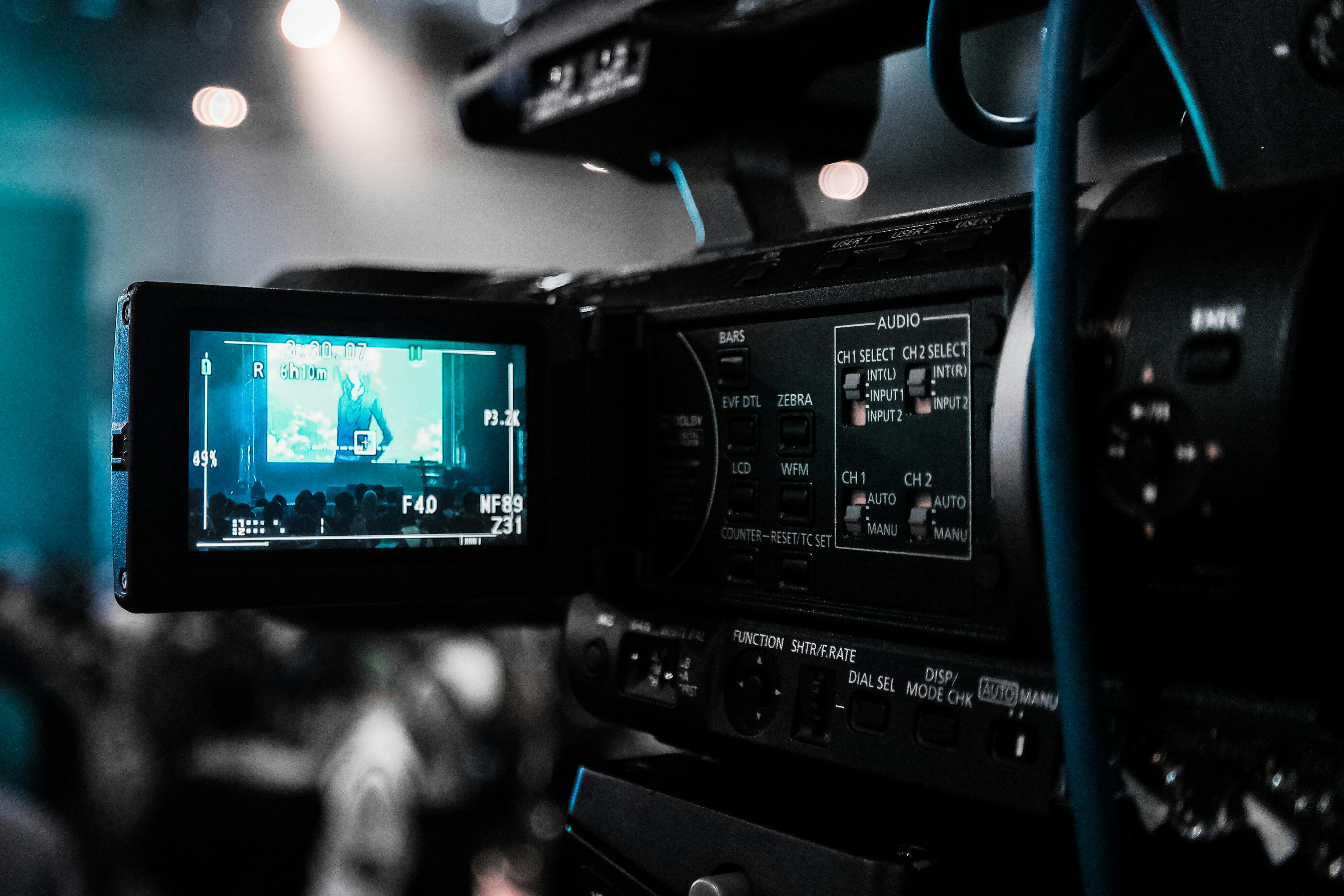Virtual Reality: The New Stage for Performing Arts
The performing arts industry has always been at the forefront of innovation, using every available tool to enhance the viewer's experience. Virtual Reality (VR), the latest addition to that toolbox, has opened up a whole new world of possibility for artists and audiences alike. Here is a journey through the history of VR in performing arts, its current state, and its potential to change the industry forever.

Introducing Virtual Reality in Performing Arts
In the last decade, Virtual Reality has made its way into the world of performing arts, revolutionizing the way we interact with this art form. From theatre and dance to music and opera, VR is breaking down barriers and creating immersive experiences that were once considered beyond reach.
A Brief History of VR in Performing Arts
To understand the impact of VR in performing arts, we must first glance at its history. The concept of VR dates back to the 1960s, but it wasn’t until the late 2000s that the technology became accessible to the general public. Soon, artists began to experiment with this technology, creating performances that could be experienced in a 360-degree environment. Early adopters were experimental theatre groups and avant-garde artists, but it was only a matter of time before mainstream performing arts companies jumped on board.
The Current State of VR Performances
In recent years, VR has gained significant traction in the performing arts sector. Major ballet companies, like the Royal Ballet, have created VR experiences that allow viewers to step into the shoes of a principal dancer. Meanwhile, theatre productions like “Sleep No More” have utilized VR to enhance their immersive theatre experiences. The COVID-19 pandemic has further accelerated the adoption of VR, with many performing arts institutions turning to this technology to reach audiences during lockdowns.
The Impact and Reception of VR in Performing Arts
The introduction of VR in performing arts has had a profound impact on the industry. It has made performances more accessible, allowing audiences worldwide to experience shows that they might not otherwise have the opportunity to see. Moreover, it has provided artists with a new medium to express their creativity, pushing the boundaries of what is possible in a performance. However, the reception has been mixed. While many laud the immersive experiences VR provides, others criticize it for distancing the audience from the live aspect of performance.
The Future of VR in Performing Arts
Despite the criticisms, the future of VR in performing arts looks promising. With advancements in technology, the quality of VR performances is only set to improve. Furthermore, as the world continues to grapple with the COVID-19 pandemic, VR provides a viable solution for performing arts institutions to continue engaging their audiences. In the long term, VR might not replace traditional performances, but it will certainly become a significant part of the performing arts landscape.
In conclusion, Virtual Reality has added a new dimension to performing arts, offering unique experiences that were previously unimaginable. As we move forward, it will be fascinating to see how artists continue to harness this technology and what new forms of expression it will bring.





